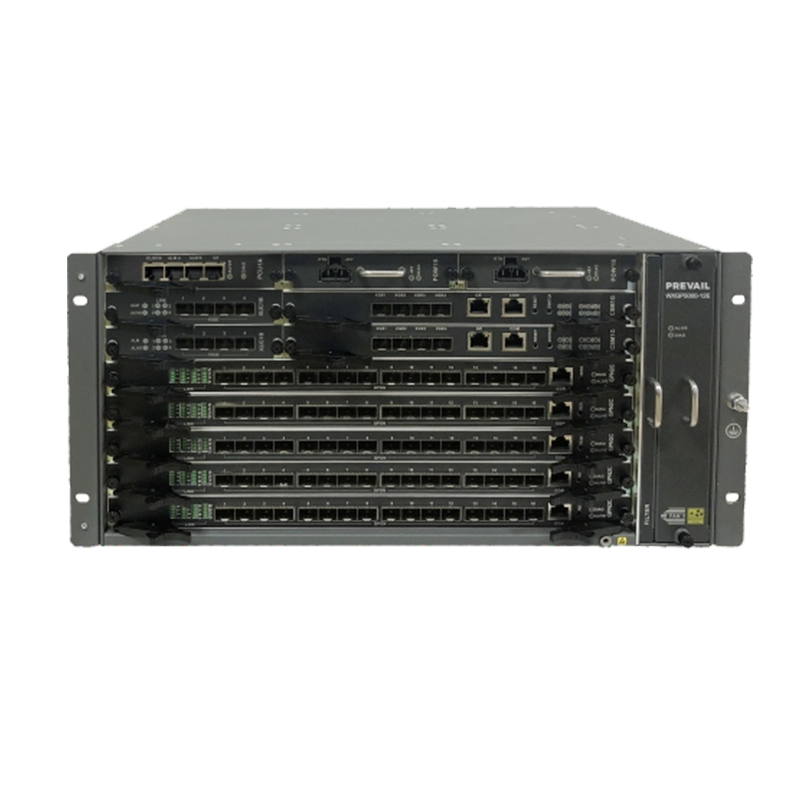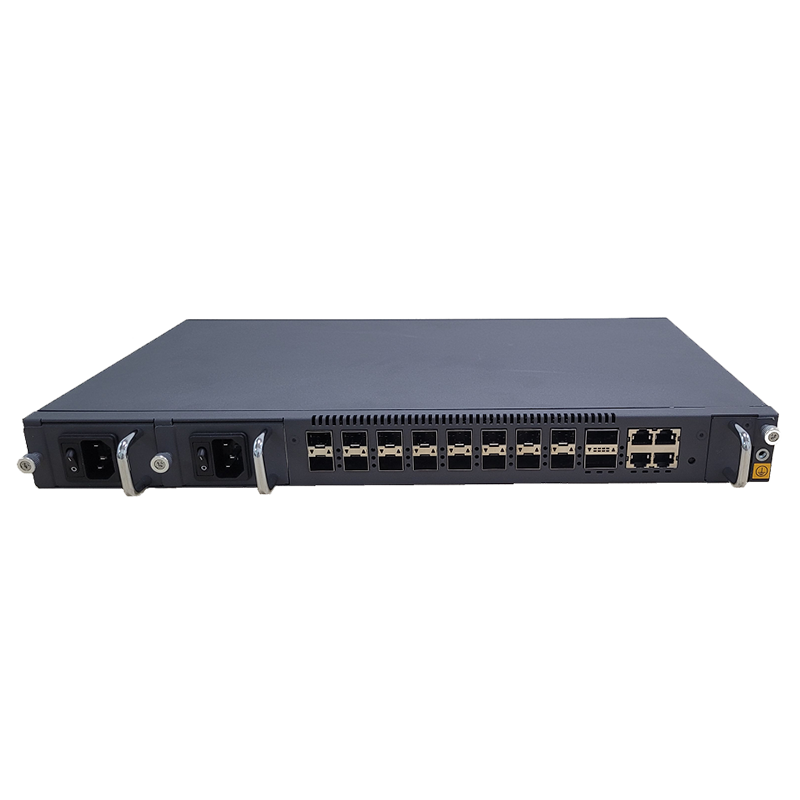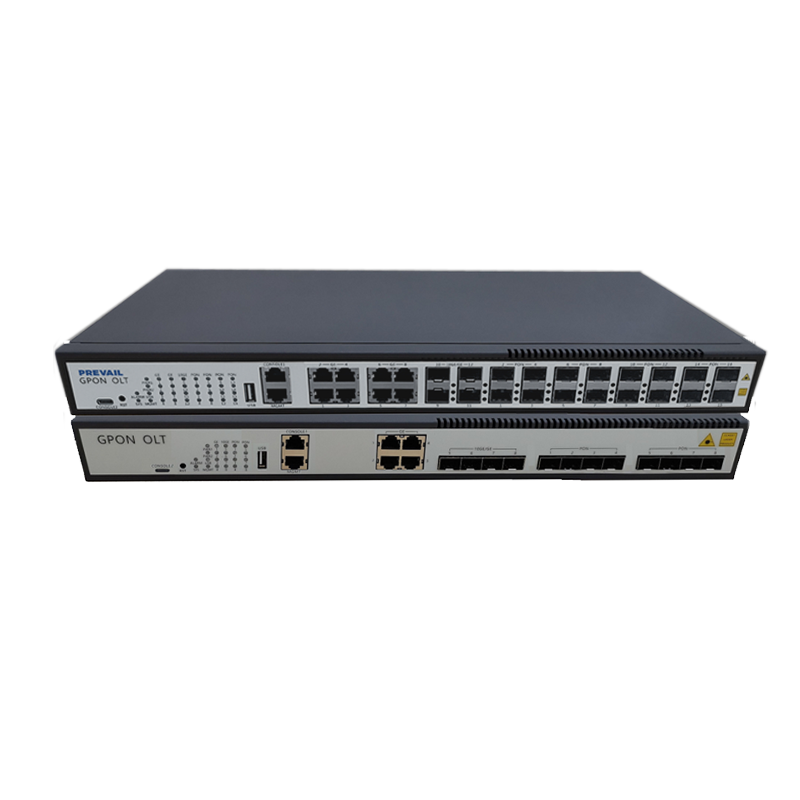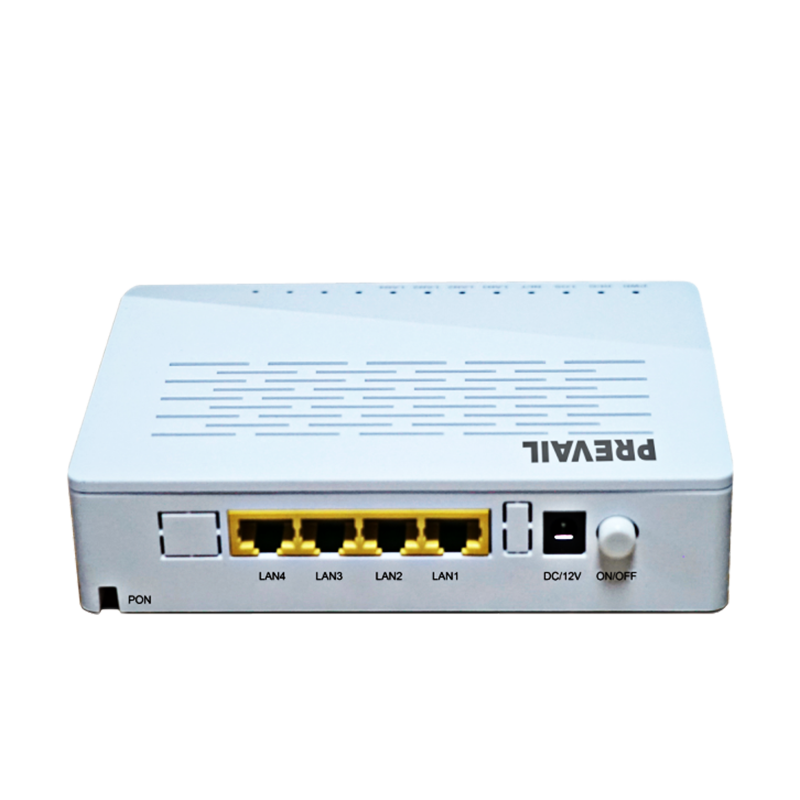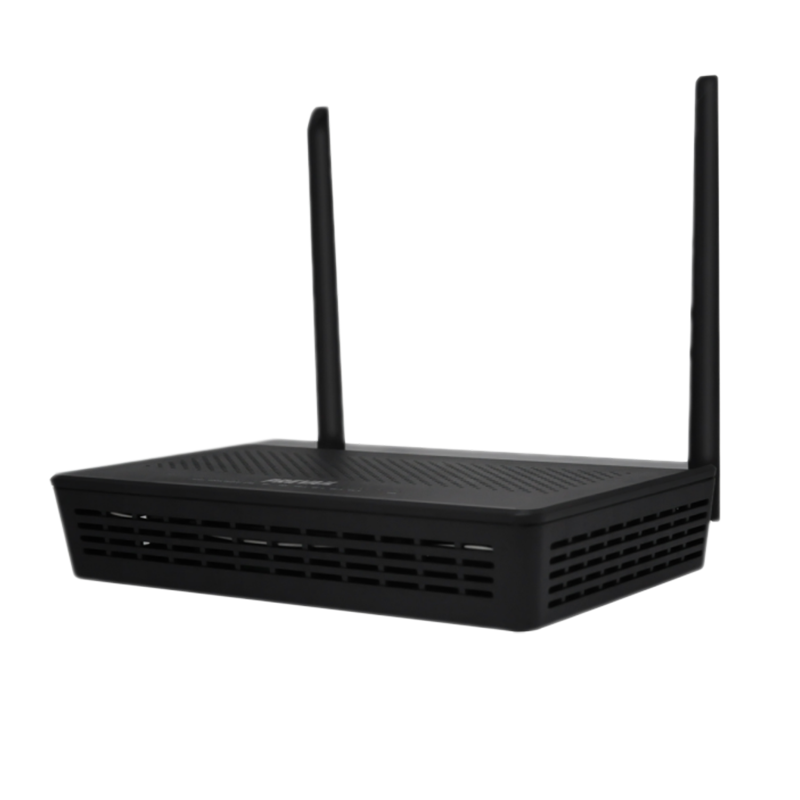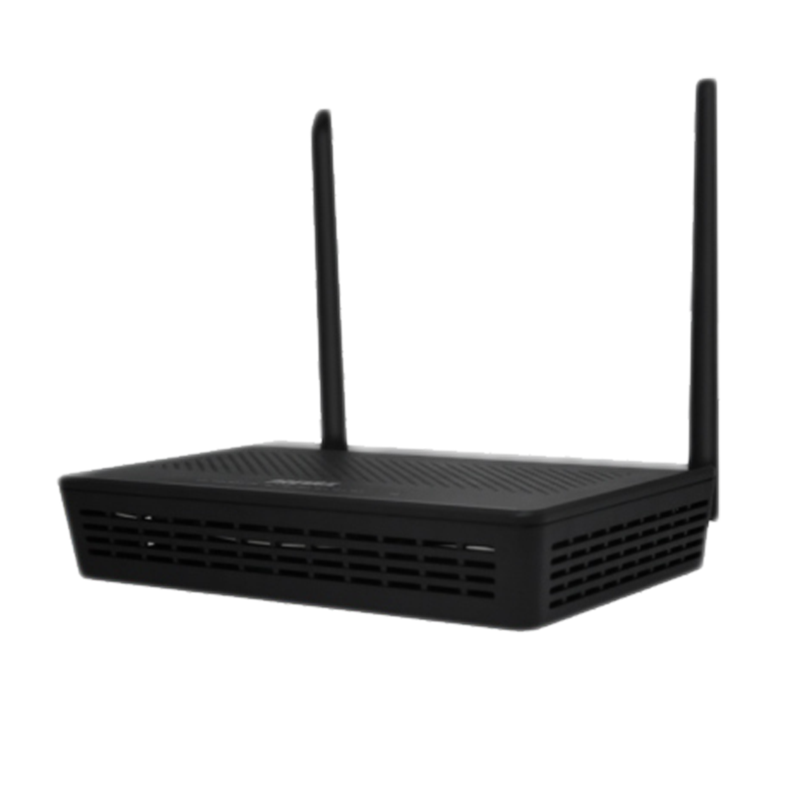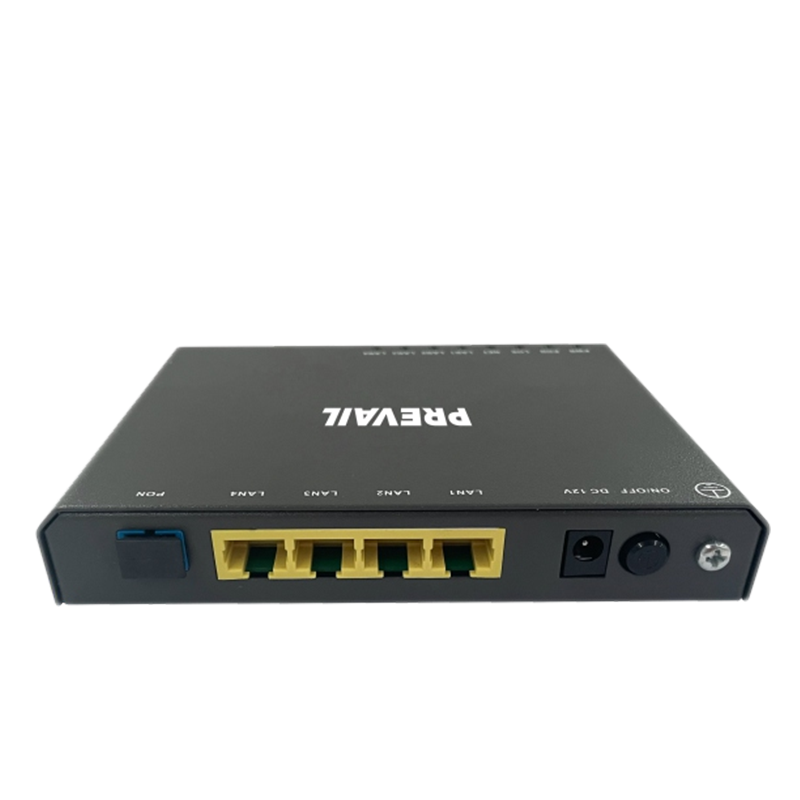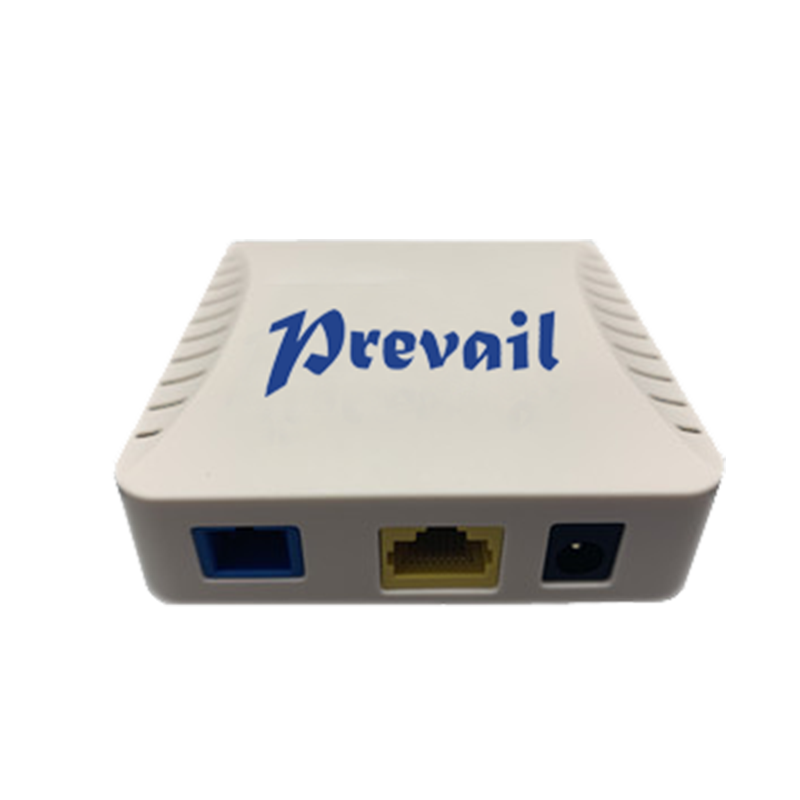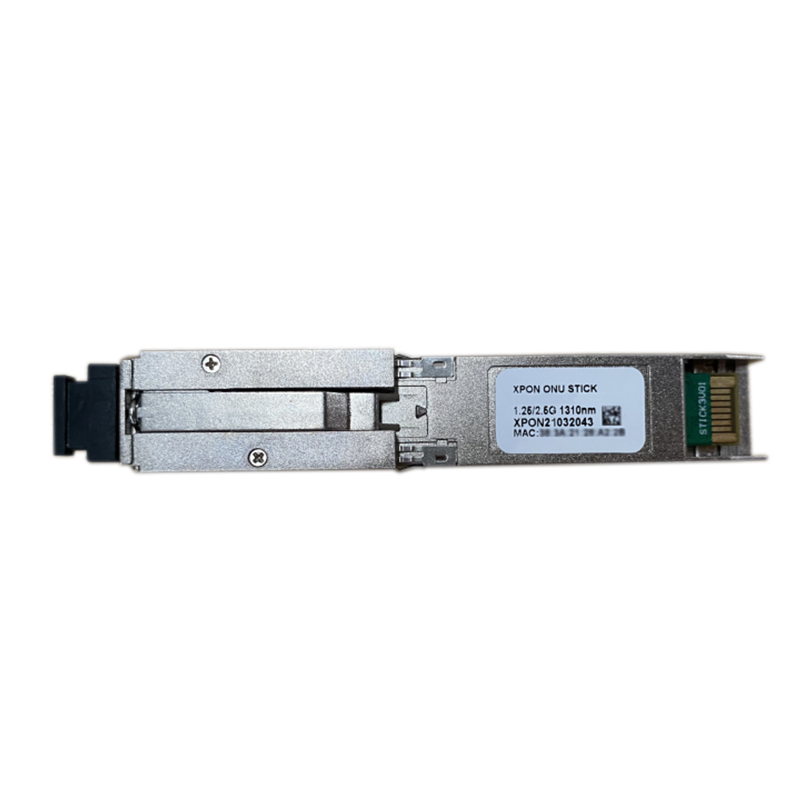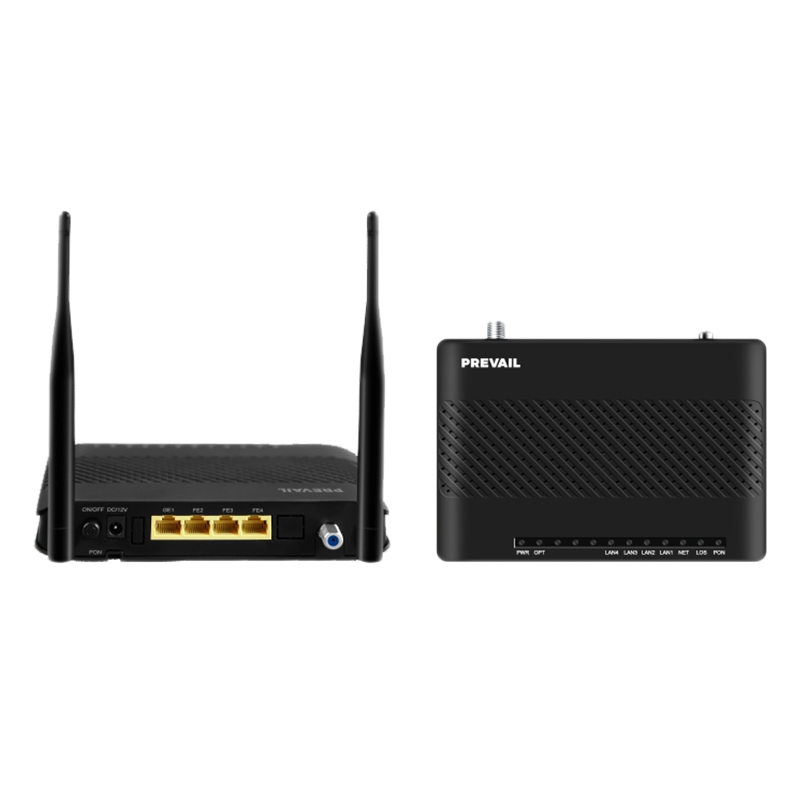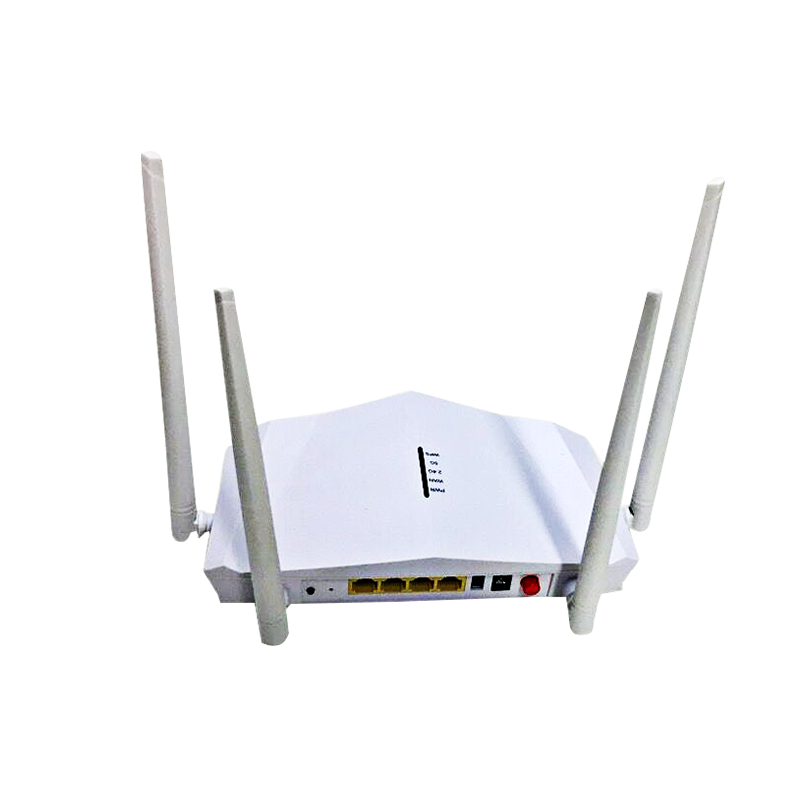What are the cost implications of different optical communication technologies and equipment?
The cost implications of different optical communication technologies and equipment vary widely depending on several factors, including the specific technology used, the application, and the scale of deployment. Here are some key considerations:
Initial Capital Costs
Fiber Optic Cables:
Single-Mode Fiber (SMF): Generally more expensive initially than multi-mode fiber due to higher material and manufacturing costs, but suitable for long-distance communication.
Multi-Mode Fiber (MMF): Typically less expensive initially but limited to shorter distances due to higher modal dispersion.
Transceivers:
VCSELs (Vertical-Cavity Surface-Emitting Lasers) for MMF: Generally cheaper and easier to manufacture, but with distance limitations.
DFBs (Distributed Feedback Lasers) and EMLs (Electro-Absorption Modulated Lasers) for SMF: Higher cost due to complexity and performance suitable for long distances.
Optical Amplifiers:
EDFA (Erbium-Doped Fiber Amplifiers): Costly but effective for long-haul communication.
Raman Amplifiers: More expensive and complex but provide better performance over very long distances.
Passive Components:
Splitters, Couplers, and WDMs (Wavelength Division Multiplexers): Costs vary based on the quality, type, and functionality (e.g., CWDM vs. DWDM).
Active Components:
Optical Switches and Routers: High initial costs depending on the performance, capacity, and features required.
Operational Costs
Installation:
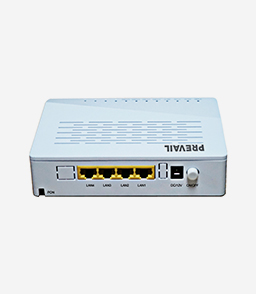
Fiber Installation: Costs depend on the terrain, distance, and urban vs. rural setting. Trenching and laying fiber in urban areas can be significantly more expensive.
Splicing and Connectorization: Requires specialized equipment and skilled labor, adding to initial deployment costs.
Maintenance:
Regular Testing and Inspection: Requires ongoing expenditure on testing equipment (e.g., OTDRs) and skilled technicians.
Repairs and Replacements: Fiber optic cables are generally durable, but accidental damages or natural wear and tear can lead to repair costs.
Power Consumption:
Amplifiers and Active Components: Higher power consumption for active devices, leading to increased operational expenses, particularly in long-haul networks.
Cost Efficiency
Data Rate and Bandwidth:
Higher Initial Investment for Higher Bandwidth: Technologies supporting higher data rates (e.g., 100Gbps, 400Gbps) have higher initial costs but can be more cost-effective in the long run due to their capacity.
Scalability:
Upgradability: Equipment that supports easy upgrades (e.g., modular transceivers) can reduce future upgrade costs.
Flexibility: Technologies that allow for incremental upgrades (e.g., adding wavelengths in WDM systems) provide cost efficiency by spreading costs over time.
Total Cost of Ownership (TCO)
Lifetime Costs:
Durability and Longevity: Higher-quality components with longer lifespans may have higher upfront costs but lower TCO.
Warranty and Support: Equipment with comprehensive warranties and strong vendor support may reduce long-term operational costs.
Vendor and Supply Chain
Vendor Pricing:
Bulk Purchasing: Discounts may be available for bulk purchases, reducing per-unit costs.
Vendor Contracts: Long-term contracts with vendors may offer cost benefits and price stability.
Market Fluctuations:
Component Availability: Costs can fluctuate based on the availability of critical components and raw materials.
Emerging Technologies
Photonic Integrated Circuits (PICs):
Initial Investment: High initial R&D and manufacturing costs but potential for significant cost reductions in high-volume production.
Operational Efficiency: Lower power consumption and space requirements, reducing long-term costs.
Quantum Communication:
Research and Development: High initial costs due to nascent technology.
Future-Proofing: Potential for cost savings as the technology matures and becomes more widely adopted.
Understanding these cost implications helps in making informed decisions about the selection and deployment of optical communication technologies and equipment. Balancing initial capital costs with long-term operational efficiency and scalability is key to optimizing the total cost of ownership.





